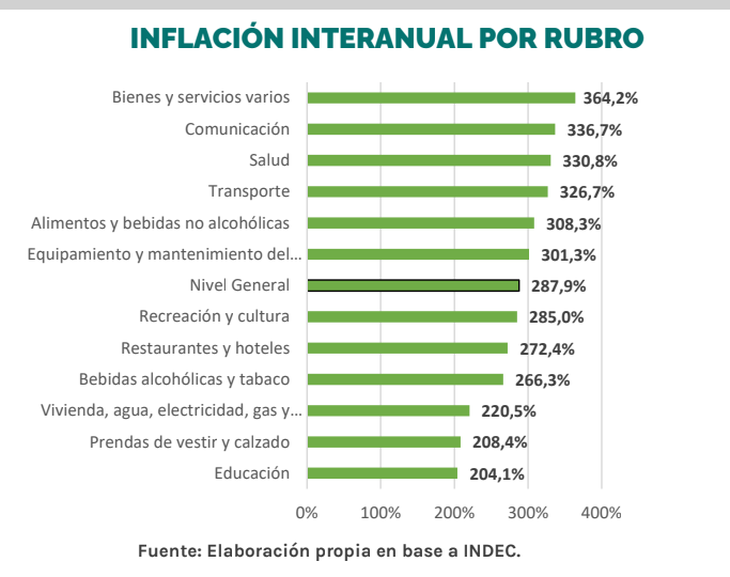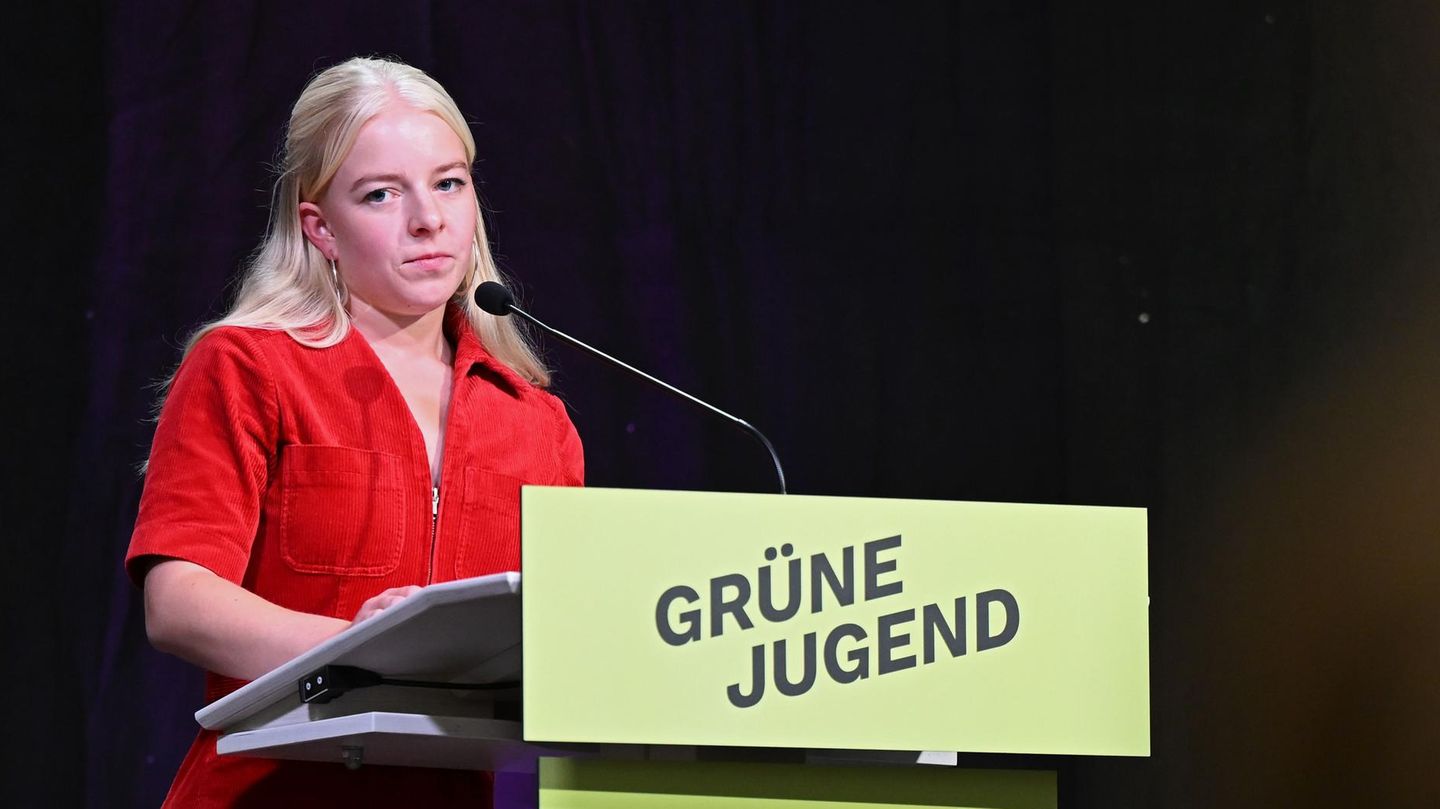After the National Institute of Statistics and Censuses (INDEC) release inflation data March, which was 11%, It is estimated that the price trajectory will continue downward, mainly for one reason and that is that the “pass through” is exhausted, that is, the transition from devaluation to the value of goods and services.
But beyond that foreseeable fact, a study by the Center for Public Policy of the University of Avellaneda states that the economic team he directs Luis Caputo put in place anchors to avoid a spiraling of inflation.
“The inflation index for the month of March It was 11% monthly and 287.9% year-on-year. This means that monthly inflation was around the values prior to the December devaluation, while year-on-year once again marks a new record since 1991,” the report states.
undav-inflation-.png
The report states that “in addition to the natural process of decrease in inflation from a ceiling given by a strong devaluation, “There are several anchors that are being used by the National Government so that the monthly variation in prices can show a significant decrease.”
“In this sense, the most relevant is the fiscal adjustment and State intervention so that salaries lose purchasing power”, says UNDAV. And, in this regard, the work states that “the recession that occurs due to the decrease in consumption allows inflation not to spiral.”
“On the other hand, The official exchange rate only increased by 8% after the devaluationwhich serves as another anchor to step on prices,” indicates the work of the study house in the south of greater Buenos Aires.
Likewise, it is highlighted that, even with the double fiscal and exchange anchor, only in the first four months of the National Government’s administration, inflation reached 90.2%.
What rose the most?
The study of the UNDAV says that according to the different areas, the one that suffered the greatest increase was Education, with an increase of 52.7%due to the increases in fees at the different educational levels at the beginning of the school year.
They were followed by Communication, with 15.9%, due to increases in telephone and Internet services, and Housing, water, electricity, gas and other fuels, with 13.3%, due to increases in electricity rates.
inflation-undav-rubro.png

“After inflation driven mainly by core inflation in the month of December (28.3% monthly), the increase in services regulated by the Government It is what pushes inflation the most in March, reaching 18.1% monthly,” the report details.
“In the month of March, core inflation was 9.4% and the seasonal rate, 11.1%,” details the work.
Poverty will rise
The report dThe UNDAV says that “the inflationary dynamic in the last 4 months has been driven by products from the basic basket, “a fact that will lead to growth in poverty and indigence in the first part of the year.”
“It is possible to observe it in foods and essential products surveyed that show increases greater than 130% in just 4 months. This had as a correlation greater increases than the CPI in the poverty and indigence line. In the month of March, a family of 4 needed $773,385 to not be poor and $358,049 to not be indigent,” the study says.
The UNDAV adds that “with these numbers it is “It is possible to affirm that an average formal salary is not enough to support a family above the poverty line.”. This is 10% below that level, “while, just 4 months ago, it was exceeding the poverty line by 15%,” the report states.
He himself adds that “you need almost 2 minimum wages (1.77) to reach just the indigence line” Therefore, he considers that “it is possible to affirm that the next poverty measurement will increase its incidence.”
Source: Ambito




